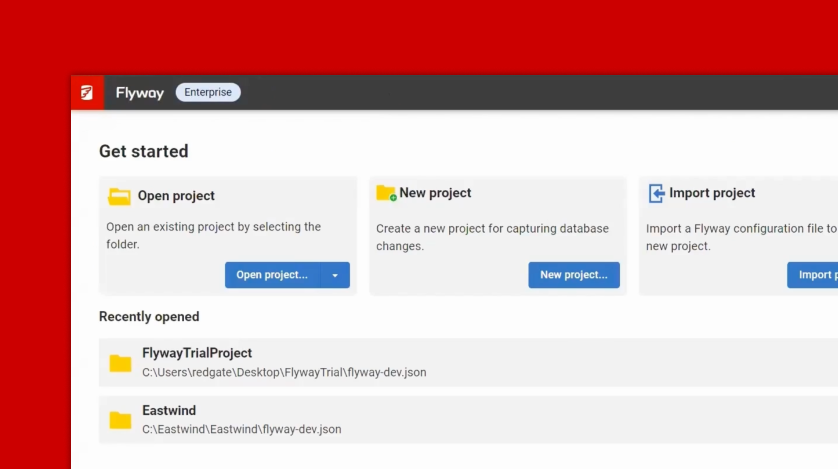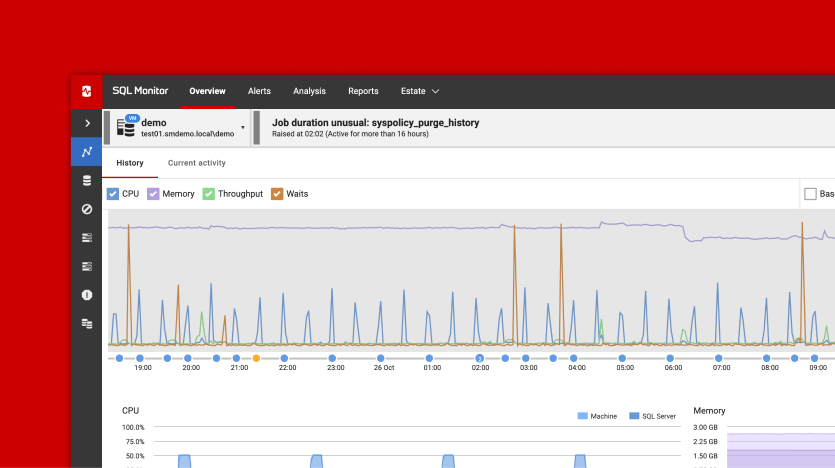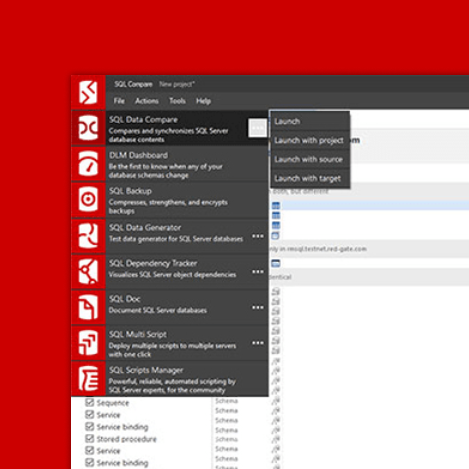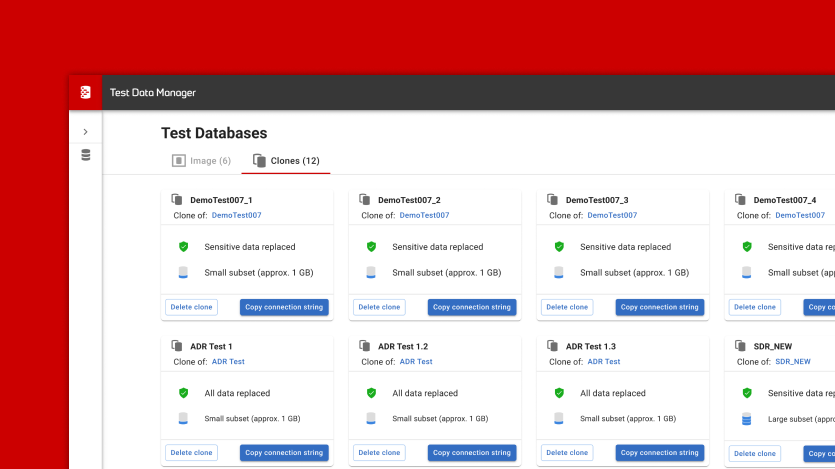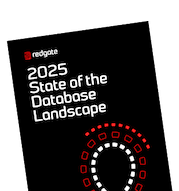How Redgate’s Foundry is Shaping the Future of Database Innovation with AI
Learn how Redgate’s Foundry drives AI innovation in database management - from intelligent monitoring and ML-based automation, to smarter SQL optimization.
In today’s rapidly evolving database landscape, innovation is essential. With the rise of artificial intelligence (AI), machine learning (ML), and automation, database management is undergoing one of its most significant transformations in decades. The Foundry is Redgate’s response to this – an innovation hub made up of engineers, designers and researchers who are dedicated to exploring how emerging technologies can redefine the future of database operations.
Tom Hodgson, the team’s Innovation Lead, recently joined Redgate Advocate Steve Jones on the Simple Talk podcast to explain how they’re pioneering ways to integrate AI into database workflows, accelerate DevOps processes, and empower database administrators (DBAs) and developers with smarter, more efficient tools.
Turning Bold Ideas into Real-World Solutions
The Foundry is not a typical engineering team, essentially operating like a ‘startup’ within Redgate. The goal? Identify high-potential ideas, validate them with real users, and ultimately – once deemed to be worth pursuing – transform them into impactful solutions for the database community.
“Redgate has around 100 to 200 engineers constantly generating new ideas,” Tom says. “We can’t pursue them all, so our job is to test them quickly, gather real-world feedback, and prove which ones have real value before we scale them up.”
This user-centric innovation model allows The Foundry to quickly prototype new features, fail fast when necessary, and bring proven solutions – from PostgreSQL monitoring tools to AI-powered database assistants – to market faster.
AI-Driven Database Management: From Monitoring to Optimization
Artificial intelligence is now the cornerstone of The Foundry’s work. Around 90% of the team’s focus in the last two years has centered on AI, especially in areas like anomaly detection, predictive analytics, and performance optimization for SQL Server environments.
One standout example is their work on dynamic thresholding in Redgate Monitor. Instead of relying on static alert thresholds, machine learning models analyze historical performance data to automatically adjust thresholds based on real-time trends – significantly reducing false positives and alert fatigue, enabling DBAs to focus on critical issues.
The Foundry is also exploring how AI can process and interpret massive amounts of performance data. By identifying spikes, trends, and unusual activity patterns, these solutions help teams quickly diagnose performance bottlenecks and improve query efficiency.
“Imagine asking, ‘When did my slow query start?’ and getting an instant, data-driven answer,” Tom explains. “That’s the kind of capability we’re building: AI-powered database insights that save time and deliver actionable intelligence.”
Beyond Chatbots: AI ‘Runbooks’ for Smarter Workflows
“I feel like a deer in headlights” was one user’s summary of The Foundry’s early experiments with chat-based AI interfaces, and that was a thought echoed by many. Clearly identified as a key barrier to adoption, the team developed Redgate Runbooks to replace the AI chatbots – guided, customizable workflows that merge the flexibility of AI with the predictability and safety DBAs require.
These AI-driven automation scripts allow users to run predefined tasks, tailor them to their environments, and even apply custom rules using natural language – all without writing code. For example, a DBA can include instructions like, “never terminate the CTO’s session,” ensuring automation respects business-critical processes. This approach bridges the gap between AI-assisted database automation and human oversight, delivering reliable results without sacrificing control.
AI as a Co-Pilot for Developers
For developers, AI is increasingly becoming an indispensable coding partner. Tom and his team now rely heavily on Cursor, an AI-powered coding assistant that integrates directly into their development workflow. “I can’t work without it now,” he says. “It’s like having a junior engineer who never gets tired.”
This approach highlights a larger trend in software engineering: AI is evolving from a novelty into a core productivity tool. With solutions like Cursor, Copilot, and ChatGPT for coding, developers can build, refactor and test applications faster, all while maintaining quality and control. Tom also notes that the differences between these large language models (LLMs) are narrowing.
“They’re becoming commodities; even the cheaper models (such as Gemini’s ‘Flash’ model) are good enough for most tasks. The real value is how you integrate them into your workflow.”
Overcoming AI Adoption Barriers & How to Get Started: Tips for DBAs and Developers
Despite its potential, AI in database management often faces skepticism. Some professionals worry about security, or have doubts around the accuracy and reliability of the technology. Tom admits he felt the same way initially, but persistence is key: “at first, I didn’t believe it could do what I wanted, but once I used it for tasks I didn’t enjoy, like generating test data, I was hooked.”
By starting with small, low-risk use cases and gradually expanding, you can shift from a “creator mindset” (doing everything manually) to a “reviewer mindset,” where AI handles the repetitive tasks, leaving you – the human – to focus on decision-making and strategy.
So, for database professionals exploring AI for the first time, the advice is straightforward: start small, stay consistent, and build momentum. Automate repetitive tasks, use AI to generate sample data, or experiment with natural language interfaces to streamline SQL workflows. The long-term benefits are clear, and the tools are only getting better. The time to start experimenting is now.
“This technology isn’t going away,” Tom says, “and those who ignore it risk being left behind. In a couple of years, not knowing how to use AI tools will be as limiting as not knowing how to write SQL.”
Join the Foundry’s Early Access Program
The Foundry doesn’t just build software – it builds solutions with users. The team frequently invites early adopters to test experimental tools and provide feedback. The only requirement: participants must be willing to share their experiences and insights.
“All we ask is that you use the tools and tell us what you think,” Tom says. “We want users who challenge us, push us, and help shape what we build next.”
Does that sound like you? Visit The Foundry to learn more and get started, and to watch or listen to the full interview with Tom, check out the Simple Talk podcast episode here.
